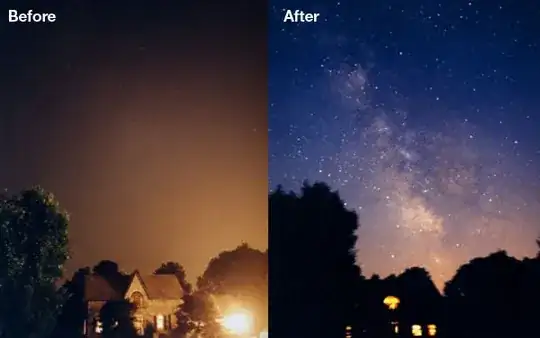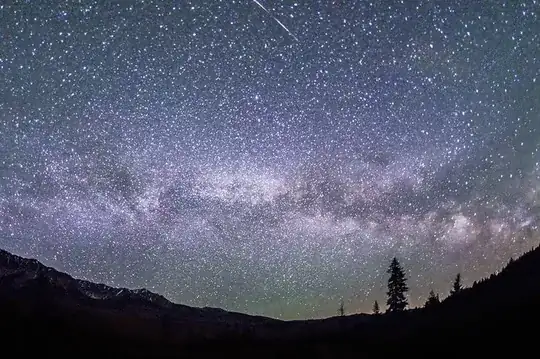I would suggest that their solar system is passing through a relatively very dense dust cloud in interstellar space, as others have suggested.
Their solar system would have been passing through it for hundreds of thousands or millions of years, long enough that the intelligent beings living there have no possible way to remember that their pre-intelligent ancestors ever saw stars in the sky.
The gravity of their star system has been pulling in the interstellar dust so that there is a clear cylinder of space pointing out of the dust cloud back the way they came. So that direction should point out toward intergalactic space with only a few stars in their galaxy and no globular star clusters, other galaxies, or intergalactic stars in the light of sight.
The in falling dust doesn't fall all the way to the star, however. At at certain distance range light from the star and particles in the stellar wind from the star hit most of the in falling particles and bounce them back out a bit before they fall back and are bounced out again. Thus there is a relatively dense shell of dust particles at the outer edge of the star system, dense enough to block all light that comes in through the clear cylinder of space and hide the relatively few stars that would have been visible through it.
The inhabited planet could be the only planet in its star system. But maybe there used to be two large planetoids or asteroids orbiting outside the orbit of the inhabited planet, worlds that collided and shattered into dust. Thus there could be an inner dust ring around the star outside the orbit of the planet, a dust ring that might also help to block out the light from the stars.
The atmosphere of the planet should be similar enough to Earth's for the natives, and maybe visiting earthlings, to breath without problems. But the atmosphere doesn't have to be identical to Earth's.
The atmosphere could be naturally foggier, or dustier, or something, than Earth's, thus making it slightly less transparent. And the intelligent natives might be greatly polluting their atmosphere and making it less transparent.
And if the planet has a slightly smaller surface gravity than Earth's, and a slightly higher atmospheric pressure at the surface than Earth's, the atmosphere will extend a bit higher than Earth's. Thus there were be more atmosphere for the light from the stars to pass through and be dimmed than on Earth.
It is possible that there are bioluminescent organisms on land or sea or perhaps in the air that emit a faint glow in most parts of that world. And if the atmosphere is foggier or cloudier at night that glow will be reflected down to the surface, further hiding the stars.
And of course in the cities of the intelligent natives and their suburbs artificial lighting may increase the light pollution as it does on Earth, hiding the stars even more.
The intelligent natives may depend mainly on echolocation and less on their vision, which might not be as good as human vision. And perhaps they have evolved a slightly more close range and less long range visual focus, for fine handiwork, making it slightly harder for them to see the stars.
Aquatic aliens, such as intelligent cephalopods or cetaceans, might have good vision in water but not so good in air and might not be able to see the stars.
And some combination of several of the above factors may prevent the aliens from seeing the stars, whether humans with possibly superior vision can see the stars from the alien planet or the stars are equally hidden from humans.



